International Moon Day: Inside the Lunar Pathfinder Project
In 2021, the United Nations General Assembly launched International Moon Day, an annual celebration of lunar exploration, taking place annually on 20 July, the date of the first Moon landing.
That historic Apollo 11 mission may have been 54 years ago, but it paved the way for research and discovery that continues today, with projects like the European Space Agency’s (ESA) ambitious Moonlight initiative, working with industrial partners to become the first off-planet commercial telecoms and satellite navigation provider.
Surrey-based SSTL’s Lunar Pathfinder is the first step for Moonlight. A single spacecraft in lunar orbit due to launch in 2025, it will provide communication services to a number of lunar assets (surface or orbiter), as well as hosting a number of navigation and scientific experiments.
Artist's impression, (c) SSTL
To mark International Moon Day 2023, we met two members of SSTL’s Lunar Pathfinder team to find out about their work on the project so far.
Systems Engineer, Lily Forward, is the the Spacecraft Technical Lead for Lunar Pathfinder. She joined SSTL six years ago as part of their graduate programme and has been part of the Lunar Pathfinder team since 2020.
What is your role in the Lunar Pathfinder Project?
I’m a Systems Engineer on the ongoing Lunar Pathfinder project where I predominantly cover the mission analysis and ensure the spacecraft is being built to the requirements agreed with our internal and external stakeholder. In some respects, a System Engineers role can be seen as Technical Management.
My future work will be developing and preparing the spacecraft for test, as well as conducting the overall systems functional and performance end-to-end testing.
We’re currently in an extremely exciting stage of the programme where we are receiving flight hardware and ensuring that it is ready to be integrated onto the satellite.
Have there been any challenges, and if so, how did you overcome them?
Going to space is renowned to be hard – look at Virgin Orbit as an example – though going anywhere further afield such as the Moon has even greater technical challenges even for unmanned missions, demonstrated by the iSpace lander’s unfortunate demise.
The biggest challenge for me has been the technical developments required to design a spacecraft that will successfully reach, and operate, around the Moon. These challenges have been overcome by the dedication, experience, and hard work of the Lunar Pathfinder team. We’ve had to stretch our knowledge base and alter our way of working and thinking to ensure the project’s success.
Also on the team is Principal Operations Systems Engineer, Ashvi Ilott, who’s been with SSTL since 2010 when she joined as a Spacecraft Operations Engineer. Having supported many different missions for customers all over the world, she started working on Lunar Pathfinder in 2020.
What is your role in the Lunar Pathfinder project?
I am working on the Lunar Pathfinder project as a Systems Engineer with a primary focus on the ConOps (Concept of Operations) and ground segment and operations, and also as a Spacecraft Operations Engineer.
As my work on the systems aspects starts to tail off, which it will do as we enter the build and test phase, the operations work will start to ramp up. I’ll be developing operational test procedures, verifying them on our test beds and ensuring everything is set up and ready for when the spacecraft is released from the lander into its operational orbit.
I’ll be part of the team commanding and operating the spacecraft once it is turned on, ensuring the attitude is stabilised, and all units are functional post-launch. Once all units are confirmed operational, we’ll start the commissioning phase, where some of the system requirements are verified in orbit, prior to commencing nominal operations, which for Lunar Pathfinder is eight years.
Have there been any challenges, and if so, how did you overcome them?
My background is in spacecraft operations, so building my knowledge and skills in systems engineering was a challenge. Whilst it marries well with what an operations engineer needs to know and do, it is at an earlier stage of the mission. Deriving requirements and reviewing design, development and verification plans was something new I had to learn.
Surrey Satellite Technologies Lunar Pathfinder Team.
To find out more about the communications services available from SSTL through the Lunar Pathfinder mission, contact lunar@sstl.co.uk.




